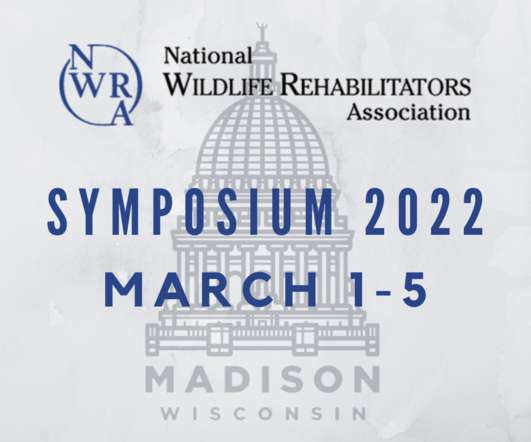De-risking drug discovery with predictive AI
Broad Institute
JULY 17, 2024
Still, more than 90 percent of drug candidates fail in clinical trials, with even more that never make it to the clinical stage. Many drugs fail because they simply aren’t safe. Seal began this work after wondering if more toxicology insights could be gleaned from a drug candidate’s chemical structure.



















































Let's personalize your content